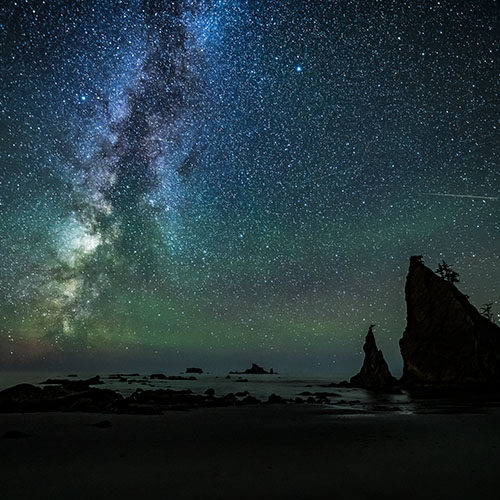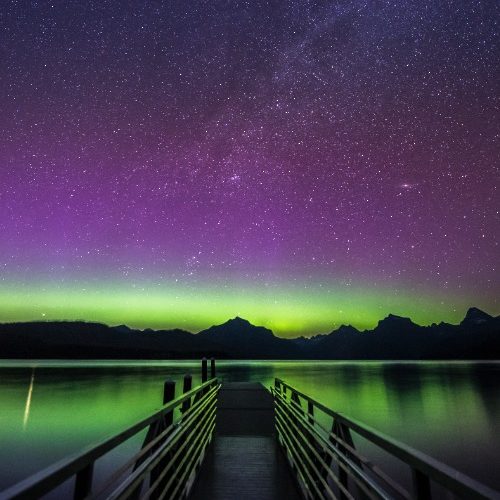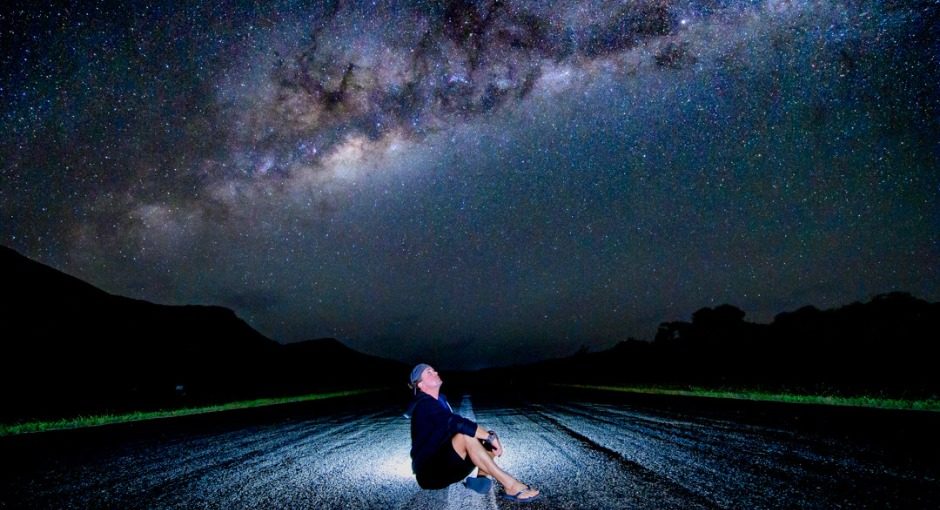The 4 Best National Parks to See the Northern Lights
Chasing Aurora
You’ve heard of storm chasing, following tornadoes and other severe weather phenomena hoping for a close encounter — but what about geomagnetic storm chasing?
A geomagnetic storm happens when energized particles shoot from the sun and slam into our planet’s atmosphere at millions of miles per hour. Our clever magnetic field then redirects the particles toward the North Pole, painting a masterpiece of colorful light. We know this as aurora borealis, or the northern lights, and they appear in only 2% of the world’s night skies.
The ultimate bucket list item, catching a glimpse of auroras is rare (but possible). It takes research, patience, mobility, and a willingness to try, try, try again if at first you don’t succeed. Your highest chance, of course, is in the dead of winter when it’s darkest: December to February between midnight and 3 a.m. Be sure to check out the aurora forecast ahead of time.
Bundle up (it’s going to be cold!) and see what your luck holds with these four aurora-sighting options — plus a bonus destination.
Denali National Park & Preserve
Thanks to its remote northern location, Alaska is among the best spots in the world for catching auroras. They’re visible from anywhere in the state, but Denali National Park & Preserve has virtually no light pollution. Take a guided tour with a group out of Fairbanks, like Aurora Chasers, or the one at Aurora Borealis Lodge with cabins for rent beneath nature’s light show.


Glacier National Park
Hours away from the din and glow of city life, Glacier National Park’s expansive undisturbed skies make aurora viewing feasible. Glacier is even a designated International Dark Sky Park with multiple night sky programs. Your best bet is an open area like St. Mary Lake or Lake McDonald.
Olympic National Park
Seeing a trend? Parks offer ideal celestial views, and Olympic National Park is no exception if skies are clear — tricky in the wet and wild Pacific Northwest. Its proximity to Canada gives you a decent shot at finding auroras off the Olympic Peninsula’s northern coast, weather permitting.
Jasper National Park
Speaking of Canada, the Yukon boasts several prime spots centered around the town of Whitehorse if you’re up for a major trek. Another good bet is Jasper National Park in Alberta, about two hours’ drive from Banff or three from Edmonton or Calgary. But the northern lights can be seen from each of Canada’s 13 provinces and territories — you just need to know where to look.

The Southern Lights
Time to kick this luminous adventure up a notch with a bonus locale. Not to be outshined, Earth’s lower half gives us aurora borealis’ beguiling southern cousin, aurora australis. The best vantage points for viewing the southern lights are Australia, New Zealand, and, well, Antarctica — but no need to go quite that far.
Using Melbourne as a home base, explore aurora-hunting possibilities on Australia’s southern coast before jetting off to the clear skies of Tasmania. While you’re in Oz, why not end the trip at secluded, luxurious Lizard Island? After all that aurora chasing, you deserve it!
